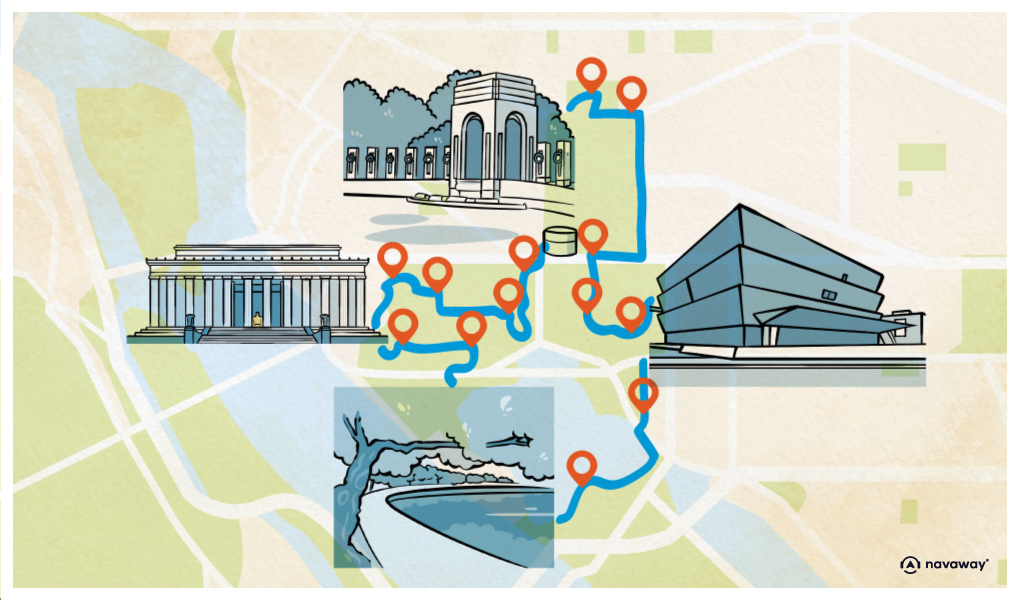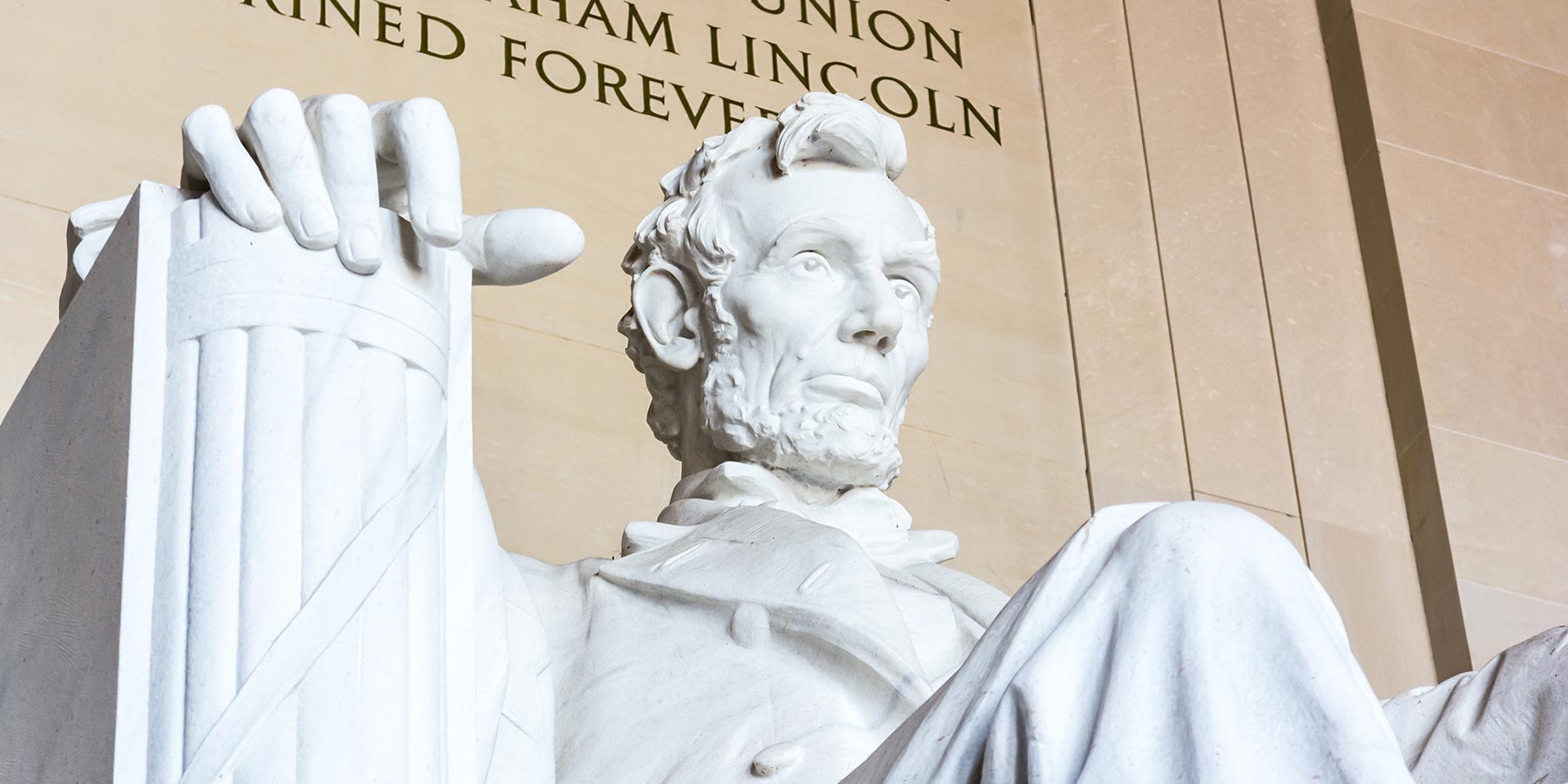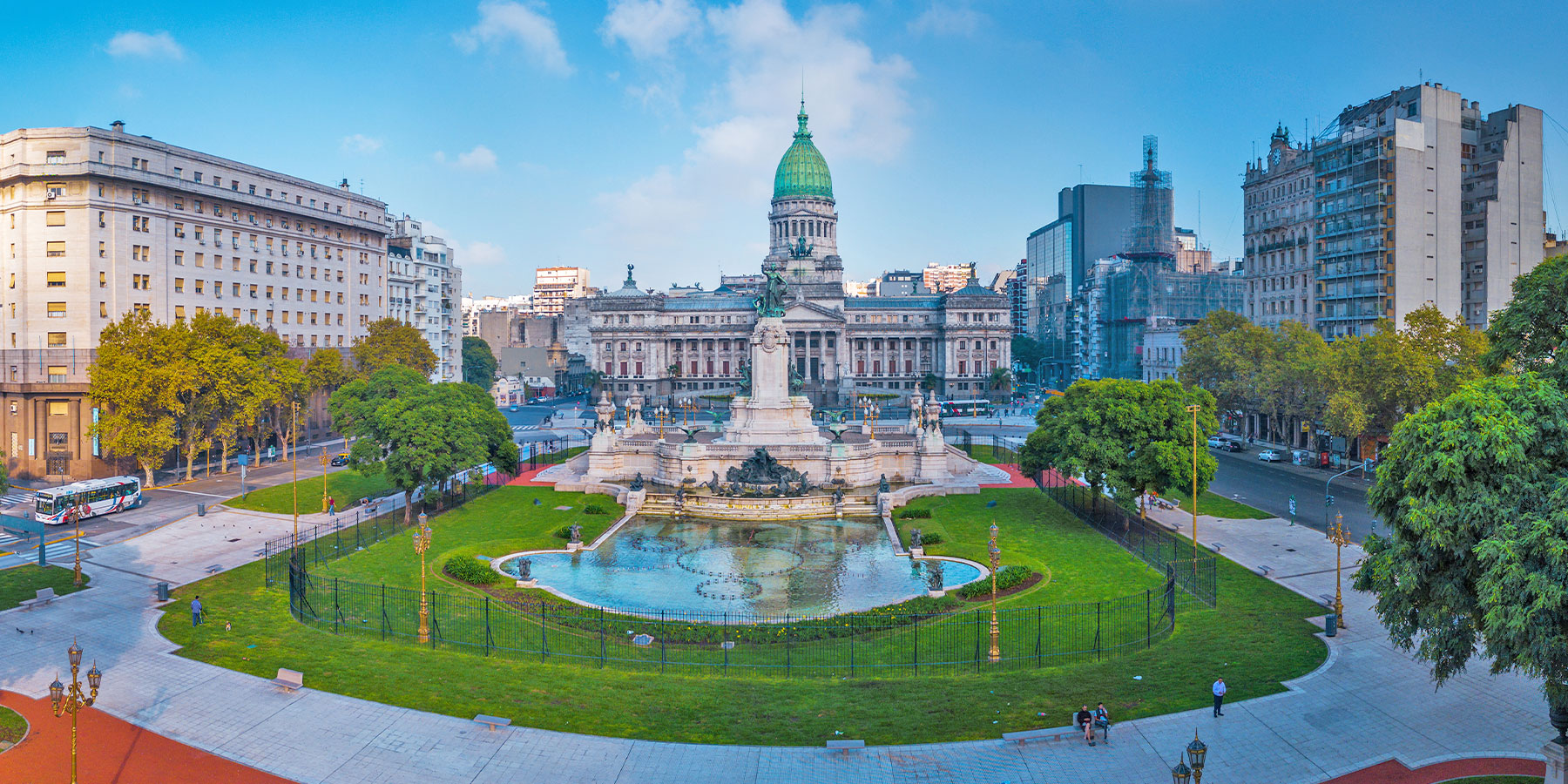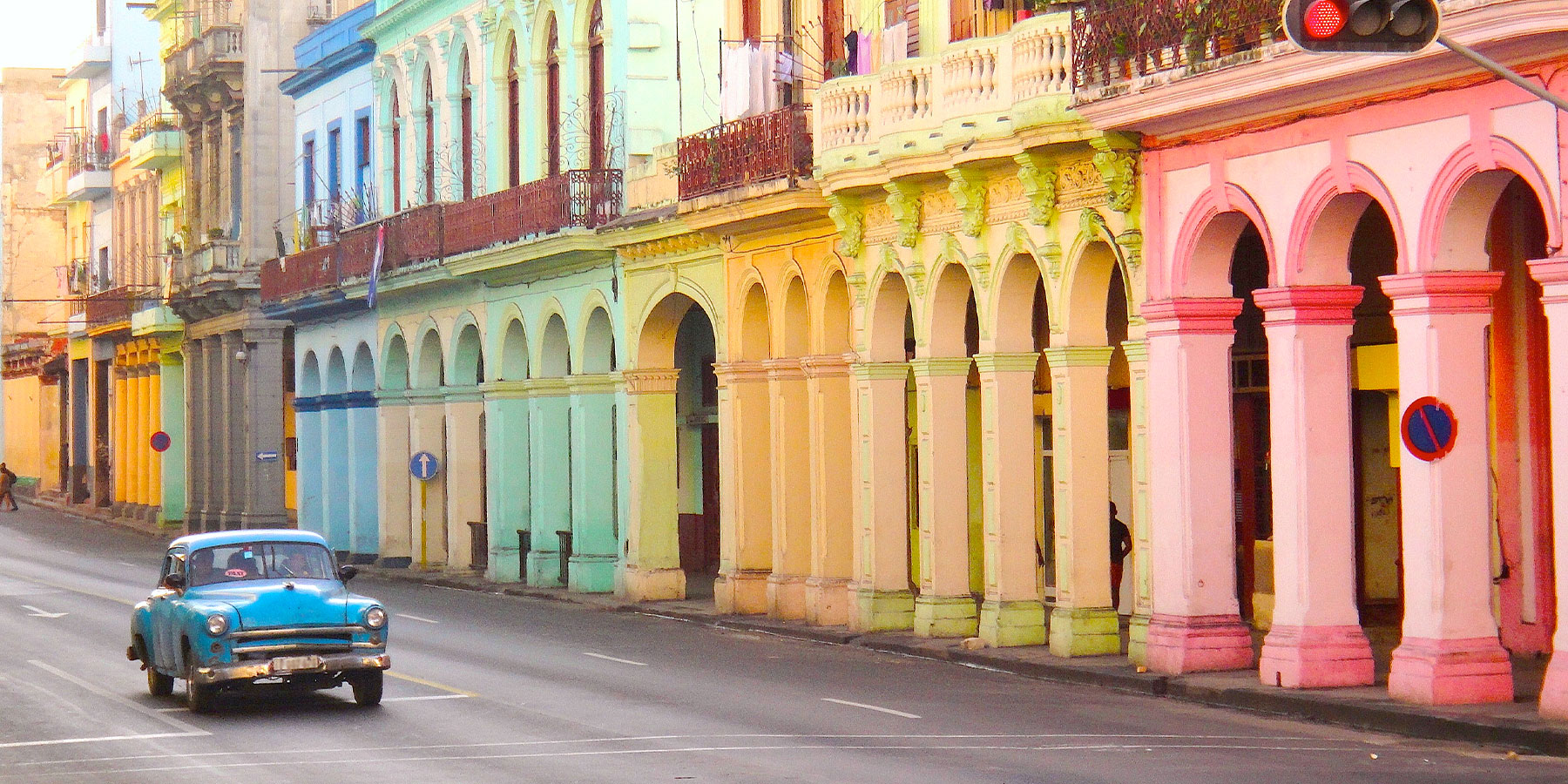
Martin Luther King Jr. Memorial

This point of interest is available as audio on the tour: Visit Washington, Where American Democracy was born
Martin Luther King Jr… A name that echoes through history. Here, carved in stone, his legacy lives on just as it does in our collective memory. He was THE leader of the civil rights movement in the United States, the person who delivered the famous “I Have a Dream” speech. And he truly did have a dream—to end segregation and discrimination against African Americans. By the time King gave his speech, slavery had been abolished for a century, and African Americans had gained the right to vote. But that was only on paper—reality was very different. Despite laws claiming that African Americans had the same rights as all Americans, racial segregation continued to rage throughout the following century. Many former slaves kept working for their masters in conditions just as harsh as before, with very few rights. Several white supremacist groups emerged, such as the Ku Klux Klan, persecuting Black communities. Meanwhile, in 1877, the Jim Crow laws were enacted in several Southern states, clearly legalising racial segregation. Simply put, segregation is the act of forcing physical separation between people of the same nation based on racial criteria. In the United States, it took many forms: public places were off-limits to African Americans, bus seats were reserved for white passengers, job opportunities were inaccessible, housing was hard to find, schools were segregated, and hospitals wouldn’t admit Black patients. And of course, constant intimidation, violence, and tragic deaths. This is just a glimpse of what African Americans endured after the War of Independence, even though the law and Constitution promised them equality and justice. Organizations, protests, and social movements for civil rights began to form, but they saw little real success until Martin Luther King arrived on the scene. In 1955, King intensified his fight against segregation after two major events. The first was the arrestation of Rosa Parks, an African American woman, who refused to give up her seat to a white man on her bus. The second, was the brutal murder of Emmett Till, a 14-year-old boy, who’s only fault was to be black. King called for a bus boycott—a political campaign that lasted over a year and led the Supreme Court to outlaw segregation in buses, schools, and other public places in 1956. In 1963, he was a leading figure of the March on Washington, an event that gathered more than 250,000 people in front of the Lincoln Memorial. It was there that he delivered the, “I Have a Dream” speech, now considered one of the greatest in American history. Despite his achievements, he wasn’t as appreciated as one might think and often criticized for his methods judged too moderate and accommodating by other activist groups and poorer communities. It would take another year of struggle to finally see the Civil Rights Act signed into law on July 2, 1964, making all forms of discrimination illegal—whether based on race, skin colour, religion, sex, or country of origin. Yet another year later, the Voting Rights Act was passed, giving all citizens the right to vote, though still under very strict conditions. And it wasn’t until 1968 that a new Civil Rights Act prohibited all segregation laws across the country. Sadly, Martin Luther King did not live to see this historic achievement— as he was assassinated a week before on his motel balcony. A pacifist, an exceptional public speaker, and an outstanding leader, he brought justice and equality to African Americans who had endured slavery and segregation in their own country. This memorial, inaugurated in 2011 by President Barack Obama, honours the man who brought tremendous change to the United States, and to all the men and women who fought for civil rights. The impressive statue is complemented by rocks, known as the “Stones of Hope,” and a wall engraved with some of Martin Luther King’s most powerful words.

Discover other tours to visit Washington

Discover Washington with app
An interactive guide through the most beautiful streets, squares, and districts
18 fun audioguides full of historical facts, anecdotes, and legends






Comments